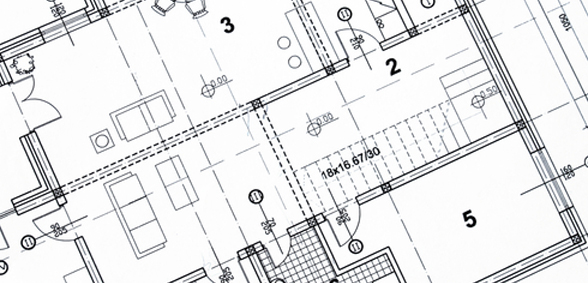
Planning a new school or extension is, undoubtedly, an exciting time in a school’s life – but it’s also a big responsibility. Do it right and you will be spending public money wisely, creating environments that will underpin improved attainment and facilitating increased community use. Get it wrong and you’ll face accusations of being wasteful, creating something that is not fit for purpose and potentially disrupt school life and pupil progress. What steps, therefore, can you take to maximise your chance of success?
Think about storage, location of toilets, circulation routes and the relationship with outside spaces
Write a good brief
The quality of the end product will largely be determined by the quality of information you put in at the start of the process. Really think about what your objectives are and articulate them clearly. How many classrooms? What size? How will teachers and children use technology? Think about storage, location of toilets, circulation routes and the relationship with outside spaces. There’s lots of great guidance on the internet – look at the DfE’s Building Bulletin 103 and other information on the EFA website.
Stakeholders
Identify who your key stakeholders are and listen to them; explain what you are trying to achieve and seek their views. Teachers, support staff, governors, parents and the wider community will all have an opinion. Gather up this intelligence and use it to write your brief. Don’t forget to talk to the children – yes they will probably always ask for a swimming pool but they will also offer invaluable insights into their ‘user experience’
Speak to your peers and seek their views
Getting the right team
It’s very useful to have a look at new schools or projects undertaken locally. Do you like the design? Speak to your peers and seek their views. Did they rate the architect? Did the design fully meet the commissioning school’s objectives?
As client you will sit at the centre of the project but be honest with yourself about your capability and capacity. Overseeing a major building project is not something you can tag on to your already busy day job without other priorities being disrupted. Get a team with experience – design quality matters and good design need not be expensive. An experienced project manager and cost consultant are essential. They will manage the process from start to finish, working collaboratively with the design team and liaising with the planning authority and other stakeholders on your behalf.
People make successful projects
It’s a cliché, but project management is a people business. Yes there are processes, structures, risk plans and governance but it will all fall down without effective communication. Be explicit about what you want and create a positive culture built on teamwork, professional respect and challenging one another.
Don’t be afraid to ask questions and seek clarification at all key milestones. Find a team that you are going to be happy working with – if you are building a new school it’ll probably be the best part of a year in development and then the same again on site. Above all, enjoy it. Get it right and it’s incredibly rewarding – you will have made a leading contribution to creating a public asset that will serve your community for 50 years or more. You’ll glow with pride!
